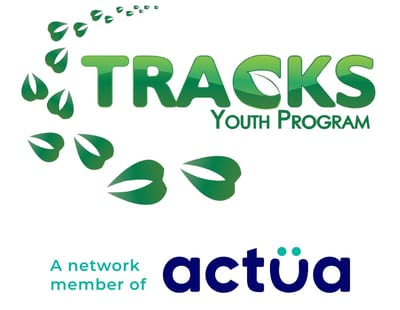Watershed Restoration Tips
The TRACKS Team has provided some tips for how we can continue to care for our watershed as well as efforts to help restore it!
Caitie's Tips on Water Use and Water Safe Products: This summer, my partner and I are living in a tiny home just outside of Nogojiwanong. We are so lucky that our backyard is made up of several swampy areas, which play an incredible role in watershed management.
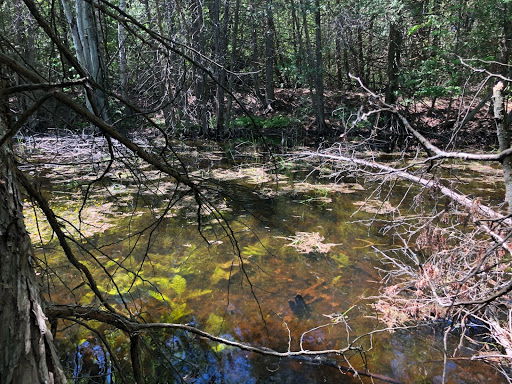
In an effort to further protect and sustain the waters my partner and I live by, we are very mindful of how we collect and reuse water - especially in our washing routines! Our outdoor shower set-up is far away from the water, which is important in preventing potential run-off. We are also mindful of the body care and household products that we use, remembering that the toxins in chemical products (even those marked as being biodegradable) can have detrimental effects on our watersheds, and the diverse Beings that access these spaces.
Zhaawnong's Tips on Boating and Shoreline health: Growing up and living on the beautiful watershed of Lovesick Lake in Burleigh Falls Ontario, I have always had an affinity towards the water health of my local lake. Being someone who uses the water for fishing and recreation, I see first-hand the degradation of the waters year after year.
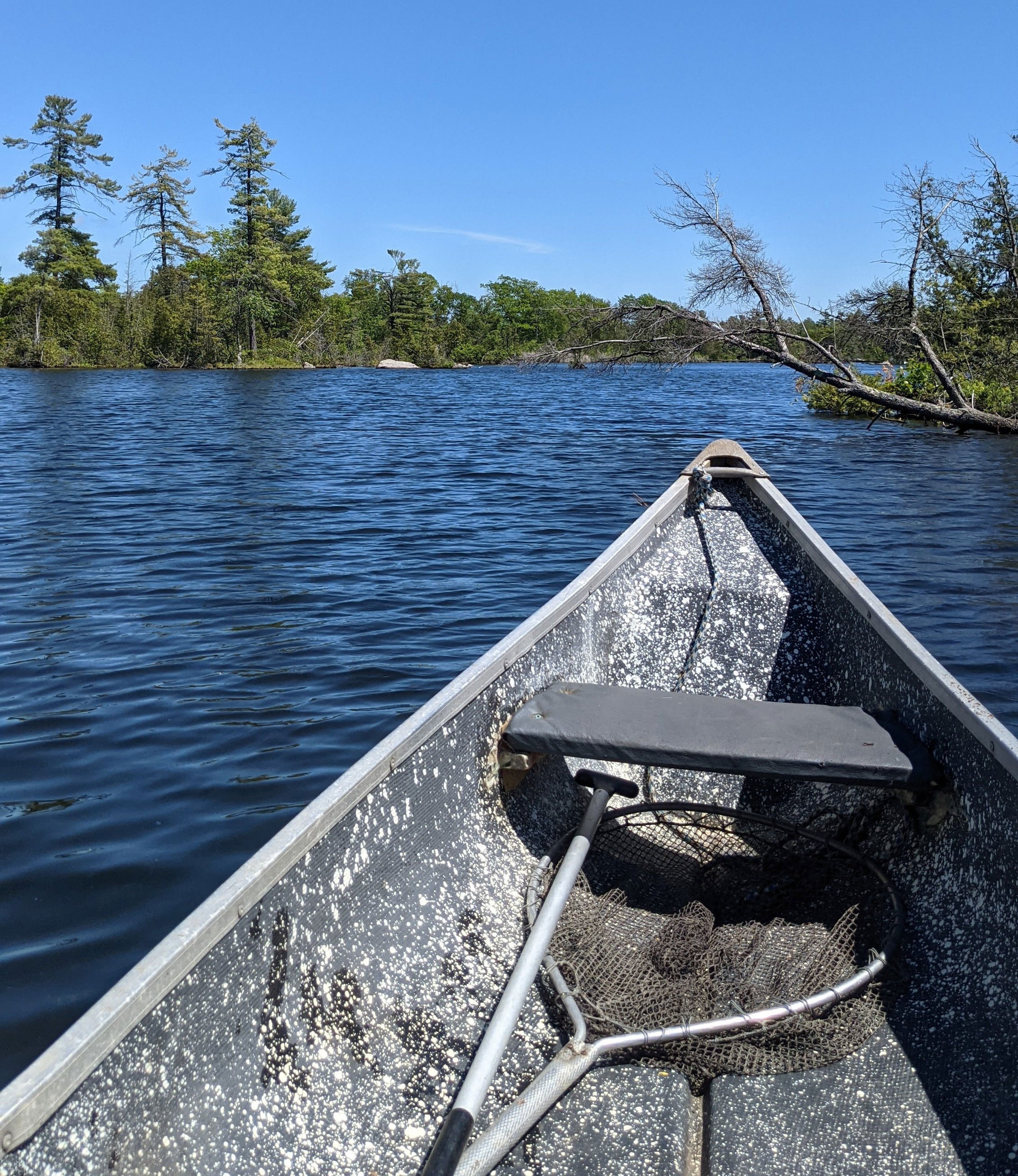
One of the efforts that I make to help sustain these beautiful spaces is choosing to use a canoe over a motorboat, because the noise and gas pollution is unnecessary if I can take the extra time to paddle instead. Another effort I choose to make is allowing the natural growth of my waterfront property. Allowing plants like cedar trees, and aquatic cat tail grasses to grow will help maintain the health of the shorelines.
Furthermore, the uses of lawn fertilizers or weed pesticides on lakefront properties can be very detrimental to the health of watersheds. By cutting out fertilizers and pesticides we can reduce the levels of phosphorus in the water resulting in reduced algae blooms and an increase in fish activity.
Madi's Tips on Shoreline garbage pick-up: As soon as the ice began to melt and the waters were *swimmable* (although freezing!) I've spent a lot of my time along the riversides and lakeshores in the area with my dog. The melting snow in the spring revealed a lot of stray garbage, and the currents tend to bring more with them as well. Bruno, who resembles a water buffalo in stature and in his draw to water, can spend hours sitting in the cool waters watching the birds, fish and insects all around.
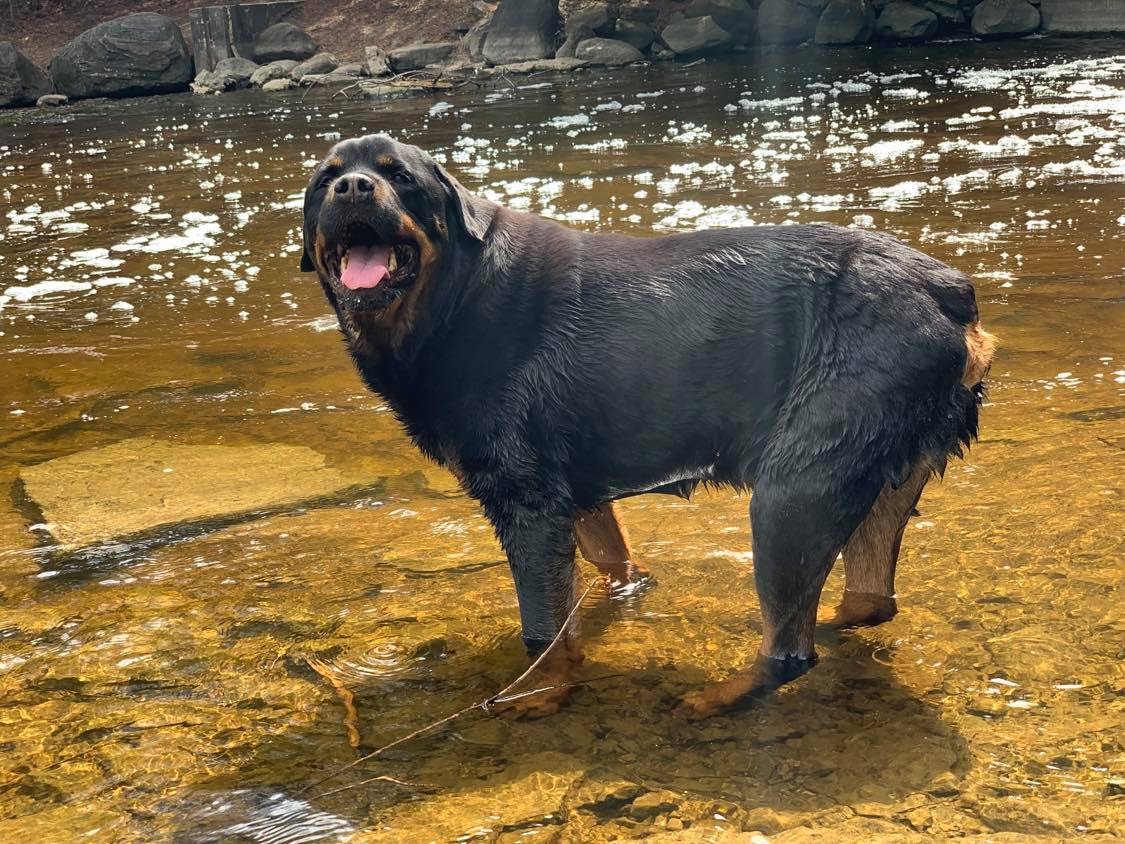
This gives me a lot of time to meander the shorelines and gather up any stray garbage I find -- I always bring a bag for this purpose whenever I go!
Kelly’s Tips on Seed Spreading: Seed spreading - plants play a huge role in the hydrologic (water) cycle and are therefore incredibly important parts of the watersheds we live within. Indigenous knowledges teach us the importance of spreading the seeds of native species if we’re hopeful for their continued presence and work in these spaces.
This spring I’ve been spreading seeds of plants that have flowered early and might need some assistance getting their seeds to further locations.
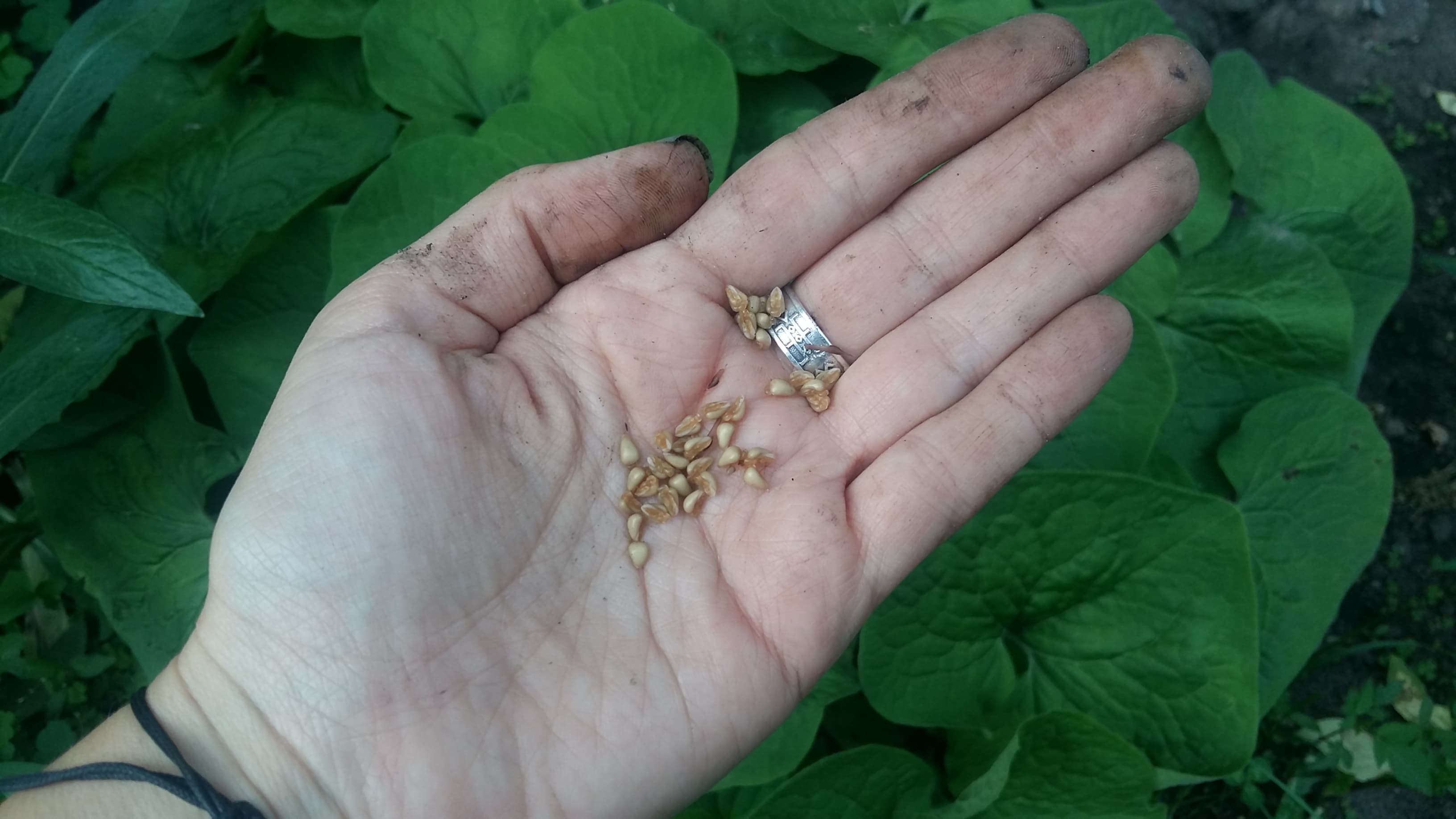
Here are some wild ginger seeds! Ants love this food and will carry the seeds into their dens where they then eventually germinate. I’m not quite as efficient as an ant but I can do my part in encouraging native species and therefore supporting the watershed that provides us with so much.
Maggie’s Watershed Restoration Tips: Although I have grown up with a strong connection to nibi, I did not have much connection to the beings that live in the water world.

My partner, Trent, is an avid fisherman and has been since his youth. He was the first one to teach me about fishing during the winter months and was there when I caught my first fish. He has taught me so much in regards to our fish kin -- whether it be how to identify the different species, the time of year and protocols for harvesting, the ways in which the fish procreate, whatever knowledge he may have, it brings him much joy to share with others.
He embodies our ways of giving by sharing his knowledge and by gifting fish to Elders in our community after each harvest. Ensuring that we are not over harvesting and using all pieces of the fish helps the populations in our lakes. We use fish skeletons to help enrich soils around our house by burying them, a technique that Trent learned from Caleb Musgrave’s incredible podcast, https://anchor.fm/canadianbushcraft.
Jaida Restoration Tips: For me I sing for the water. Singing water songs and putting good emotion towards my local waterways using my drum helps me feel connected.

Dr. Masaru Emoto did research about the way our emotions and the words we speak can have an effect on the water. Singing good words and putting emotions towards your water ways can help it!
I encourage you, your friends, family to sing for the water or to even say good words to it.
Geneva's Restoration Tips: I inhabit an island that was created from flooding the land. As you can see in my picture, the River lives where Trees once stood. The Kaniatarowanenneh (St. Lawrence River) always flowed by this land, but during the St. Lawrence Seaway project the River was transformed into a lock and canal system, creating new boarders for it.This has created many environmental and cultural challenges.
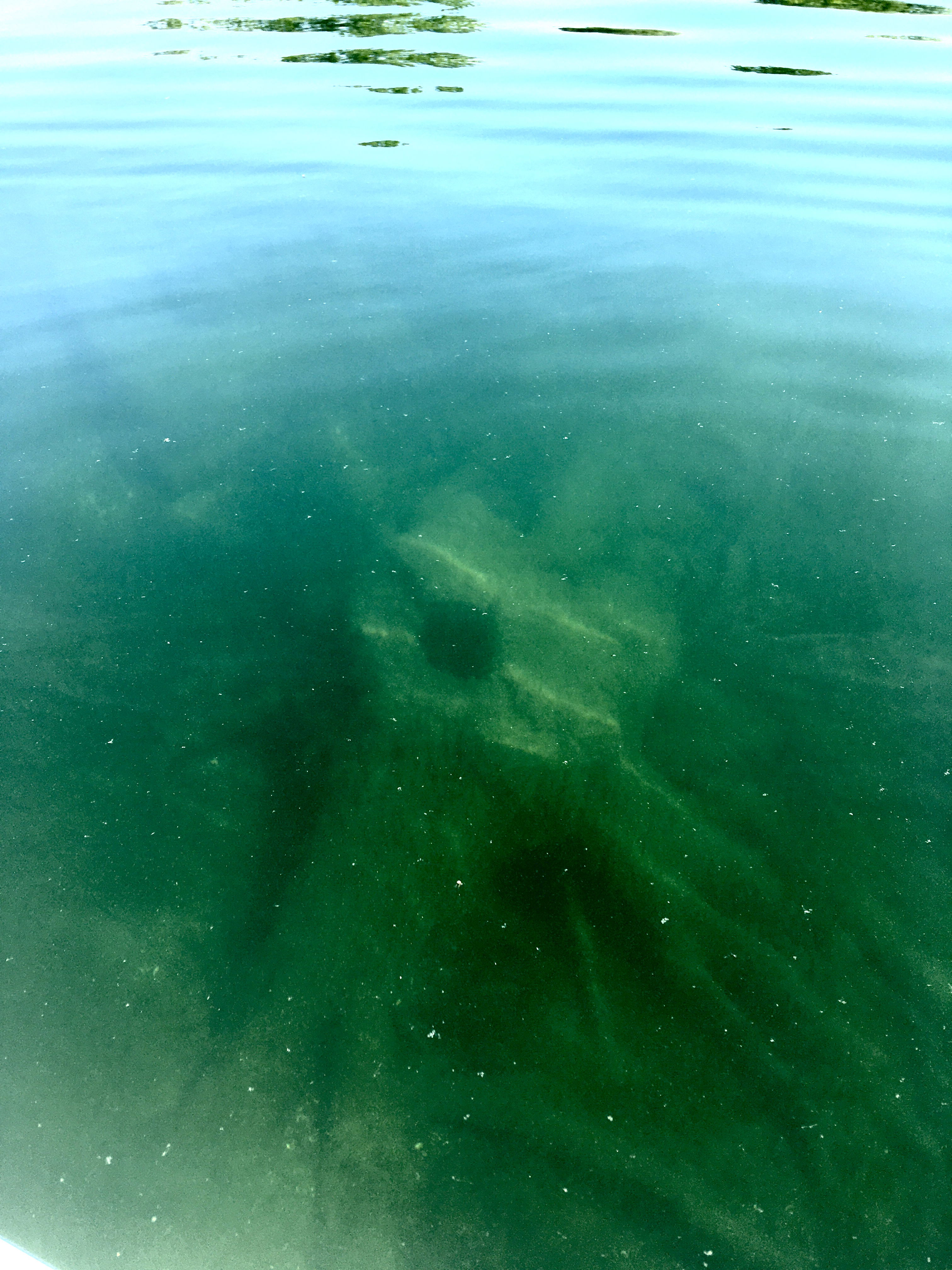
Kaniatarowanenneh, over time, has been restoring itself. Every year I observe more species coming back to the area, creating a new relationship with the river and the island. We as humans need to help with restoration efforts, but also remember that mother nature is the leader in healing herself. Ceasing pollution from the factories along the river, having an incredible research institute and environmental organizations committed to the river's health is helping to address how our community can help restore Kaniatarowanenneh.
If you are interested in watershed restoration, do not just look at the science, look at the history of your watershed and see how it has changed over time. Who has been the stewards of the water, and how has that changed? Restoration requires a wholistic understanding of your ecosystem.
If you would like to learn more about the restoration of Kaniatarowanenneh please visit https://riverrapport.ca/
